Almost every owner of a garden plot wants his garden to be not only beautiful, but also unusual. That is why gardeners have recently begun to grow on their plots not only the familiar apple and pear trees, but also exotic plants. These include an incredibly beautiful shrub called Japanese quince or Chaenomeles.
This unusual tree, bewitching with its incredible beauty and aroma, will not leave anyone indifferent during flowering. Despite the fact that Japanese quince is an exotic plant, it takes root well and grows in many regions of our country. Even inexperienced gardeners can handle planting and growing Chaenomeles.
Content
Japanese quince: photo, description, characteristics
Chaenomeles belongs to an ornamental and fruit and berry culture, is a heat-loving plant and grows well in regions with a mild climate. A quince tree can grow up to three meters, and a bush - up to a meter.
The plant is different:
 smooth, dense, small bright green leaves;
smooth, dense, small bright green leaves;- white, pink or red-orange flowers with a diameter of 3-5 cm;
- spines up to 2 cm long;
- abundant flowering in May-June, which lasts about 20 days;
- apple-shaped or pear-shaped fruits that sit along the entire length of the shoots, the diameter of which can be from 3 to 5 cm, and the weight is about 45 grams.
By the end of September, early October, the fruits of Chaenomeles ripen. Matured they can be bright orange or green-yellow color... Outside, the fruits are covered with a wax coating, which perfectly protects them from damage. That is why they can tolerate even weak frosts on the tree. About half of the fruit's volume is occupied by brown seeds, which in appearance resemble apple seeds.
Japanese quince begins to bear fruit in the third year of life. From each bush, you can collect from two kilograms of fruit. The fruits, even if they are not yet ripe, are harvested before frost. They can mature when stored at home, but at low temperatures of 3-5 degrees.
Chaenomeles varieties
Japanese quince has a wide variety of varieties (pictured), which allows you to choose a plant that is right for your garden area.
- The variety Crimson and Gold or Magnificent Quince is distinguished by a branched bush that grows up to 1.2 m. The plant blooms with dark red flowers with yellow stamens. The shrub does not require pruning and is most commonly used as a hedge.
- Henomeles Simoni was bred by French breeders. The bush has almost round lodging shoots, crimson-red inflorescences and green fruits.
- The decorative variety Jet Trail is distinguished by frequently creeping shoots, the absence of thorns, curved branches and pale white flowers.
- Japanese quince Vesuvius has a wide crown, but grows no more than one meter. A huge number of its inflorescences are red in color.
- Pink Lady has a wide crown and dark pink or pink flowers. The bush grows up to 1.5 m.
- Henomeles Nivalis both in height and width grows up to two meters. Nivalis blooms with white flowers in May and August.
- Holland quince is distinguished by glossy, dark green leaves, wide crown and orange-red flowers. In August, there may be a repeated flowering of this plant.
If you want to grow Japanese bonsai from quince, then it is best for this. Rubra plant... Having planted the cutting at an angle in a suitable container, with further care, in order to give the bush an aesthetic appearance, it will be necessary to properly prune.
Features of growing Japanese quince
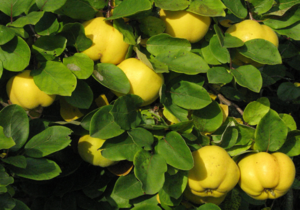 The cultivation of Chaenomeles is not particularly difficult. When choosing a location for it, it should be borne in mind that the shrub loves well-lit areas. It will be able to grow in partial shade, but it will not bear fruit.
The cultivation of Chaenomeles is not particularly difficult. When choosing a location for it, it should be borne in mind that the shrub loves well-lit areas. It will be able to grow in partial shade, but it will not bear fruit.
Japanese quince is successfully developing practically on any soil... Poor sandy and moist clay soils are suitable for her. However, they should be moderately moist and rich in humus. Chaenomeles absolutely does not tolerate excessively calcareous and saline soils.
Most of the quince varieties are frost-hardy and can hibernate without shelter. However, if the winter is severe and with little snow, flower buds and annual shoots may freeze slightly. Therefore, it is recommended to plant trees in places where a sufficient layer of snow is formed. In regions with severe winters, the plant should be covered with fallen leaves or spruce branches for the winter.
Landing Chaenomeles
It is best to plant young trees in the spring after thawing the soil. Autumn planting at the time of massive leaf fall is also possible. However, a thermophilic shrub may not have time to take root and die before frost.
They take root well biennial seedlings of Japanese quince... When planting a plant, it is necessary to ensure that the root collar remains at the soil level. For plants aged 3-5 years, the planting pits should have a depth of 0.5-0.8 m, and a diameter of up to 0.5 m.
The soil for Chaenomeles is prepared from leafy earth, pitch and peat (2: 1: 2). In addition, it is recommended to add 300 grams of potash nitrate, 200 grams of superphosphate, 500 gamma ash, 1-2 buckets of humus to the planting pit.
It is best to plant quince bushes in small groups of 3-5 plants. To prevent adult plants from crowding each other and not closing, the distance between seedlings should be at least one meter.
Care features
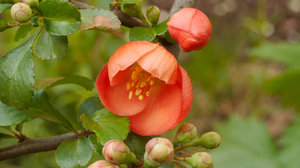 In the first year after planting the plant requires regular watering... Especially the soil moisture must be monitored in dry summers. In order for the soil to retain moisture, around the young Chaenomeles, the soil is mulched with a layer of 3-5 cm. Wood chips or peat are suitable as mulch.
In the first year after planting the plant requires regular watering... Especially the soil moisture must be monitored in dry summers. In order for the soil to retain moisture, around the young Chaenomeles, the soil is mulched with a layer of 3-5 cm. Wood chips or peat are suitable as mulch.
In the first two years after planting, young plants are fertilized in spring with nitrogen fertilizers and slurry, and in autumn with potash and phosphorus fertilizers.
After 4-5 years, Japanese quince will begin to bloom and bear fruit. For an adult plant special care required:
- Chaenomeles does not need abundant watering. Once a month will be enough.
- Fertilize the plant in the same way as other berry bushes.
- Every spring it is necessary to cut out old branches that are more than five years old lying on the ground.
- It is recommended to shape the bush annually to prevent thickening. The number of branches on a tree should not exceed 10-20. Vertical shoots are cut. Pruning is done in the spring, even before the buds appear. Autumn pruning can lead to freezing of the plant.
- For the winter period, it is recommended to protect Quince from the wind. To do this, you can cover it with spruce branches, or even install a snow shield.
As you can see, caring for Chaenomeles is quite simple and does not require large physical and financial costs. It mainly consists of fertilizing and pruning shrubs.
Reproduction of Japanese quince
You can propagate the plant in several ways:
- seeds;
- cuttings;
- dividing the bush.
Seed propagation
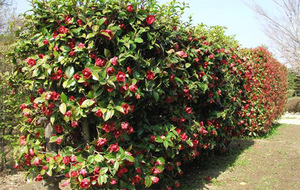 This is the safest and easiest way to breed quince.Large brown seeds are planted in prepared soil mixture in late February - early March.
This is the safest and easiest way to breed quince.Large brown seeds are planted in prepared soil mixture in late February - early March.
About in six weeks seedlings dive into separate seedling cups. The grown seedlings in the ground can be planted in May or June.
Young seedlings require protection from frost for the first winter. If this is not possible, then the quince will need to be planted in the open ground only next spring.
Propagation by cuttings and grafting
The advantages of such reproduction is that all the varietal qualities of the plant are preserved.
Cuttings should be harvested in early June. It is recommended to cut them in the early morning, in dry weather. When cutting off the cutting it is necessary to make sure that it is with a small piece of last year's wood, that is, with a "heel". The cut off shoots are soaked for a day in growth stimulants and obliquely planted in a mixture of peat and sand (1: 3). Rooting takes place within 30-40 days, provided that the air temperature does not fall below + 20C.
In May, a graft is made on a quince seedling with a varietal cuttings:
- During the second sap flow (in July or August), varietal shoots of the plant are harvested.
- A T-shaped incision is made on the bark of the seedling (stock), the edges of which are folded back.
- A varietal shoot with a bud is inserted under the bark.
- Plants are tightly pressed against each other, tied and processed with garden varnish.
The survival rate of the eyes is checked after three to four weeks. In the spring of next year, the bud should sprout again, and the bandage can be removed.
Dividing the bush
Quince bushes give numerous root suckers, and over time they grow in all directions. Due to such offspring, the plant can grow even on a steep slope.
The ideal time to divide the bush is considered to be late spring and late autumn. Root shoots for planting should have a thickness of 0.5 cm and a length of 10-15 cm. From one bush you can separate 5-6 offspring.
Prepared shoots are planted vertically in a permanent place. In the future, caring for them consists in regular watering and mulching the soil under them with shavings, wood chips or humus.
The disadvantage of this method of reproduction is that the root system of young growth is poorly developed, and some seedlings need to be grown at home. The fruits of young plants are smaller than usual at first.
Disease and pest control of Japanese quince
 The main pest of Chaenomeles is aphids. Its appearance can be a real disaster for the plant. Therefore, when it is found, the bush must be immediately treated with special means.
The main pest of Chaenomeles is aphids. Its appearance can be a real disaster for the plant. Therefore, when it is found, the bush must be immediately treated with special means.
With high humidity in damp and cool weather, favorable conditions are created for the appearance various fungal diseases:
- with necrosis and various spots, the leaves begin to deform and dry out;
- with cercosporosis, various brown spots appear, which fade over time;
- with ramulariasis, brown spots are visible on the leaves.
Effective ways of dealing are using copper-soap liquid and 0.2% foundation... Spraying the bushes with infusion of onions is less dangerous. To do this, 150 grams of husks are infused in 10 liters of water during the day. The resulting infusion of the plant is processed every five days.
Japanese quince, the care of which will not be difficult, can be planted as a single plant, in small groups or along the edge of a garden path, forming a hedge out of it. But this shrub is valued not only for its unpretentiousness and beautiful flowering. Quince fruits contain many different biologically active substances and a whole range of vitamins. These remarkable qualities put Chaenomeles among the valuable fruit and berry crops.

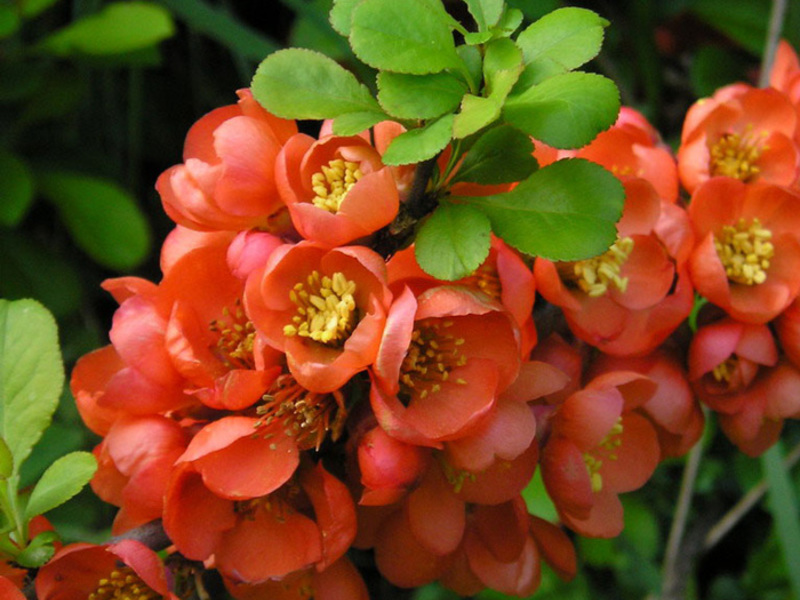
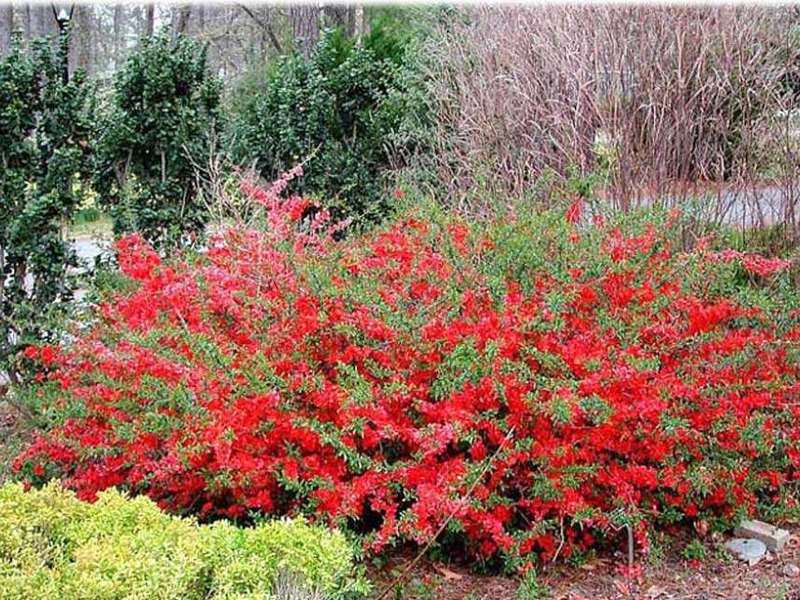


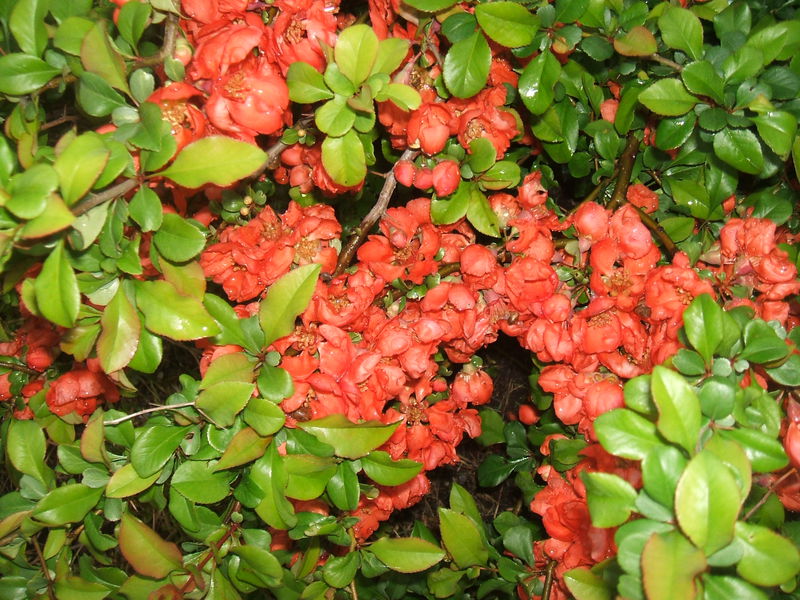
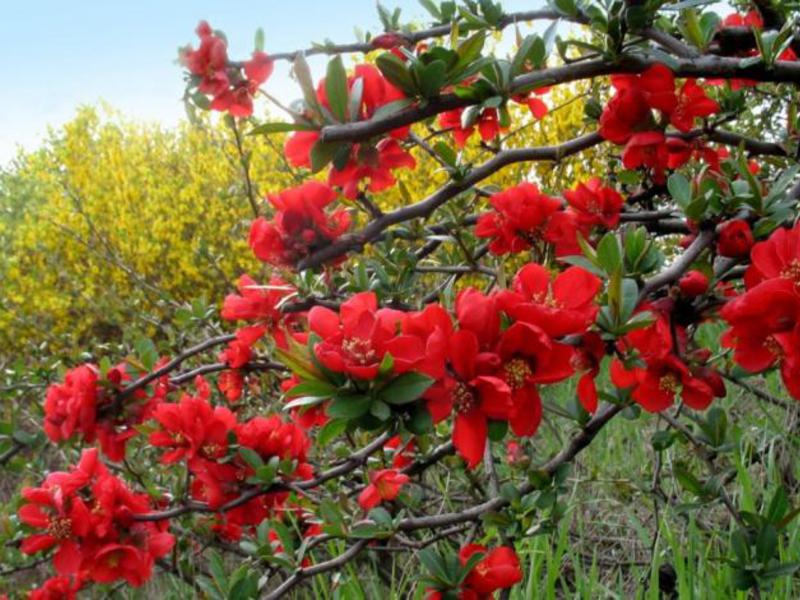
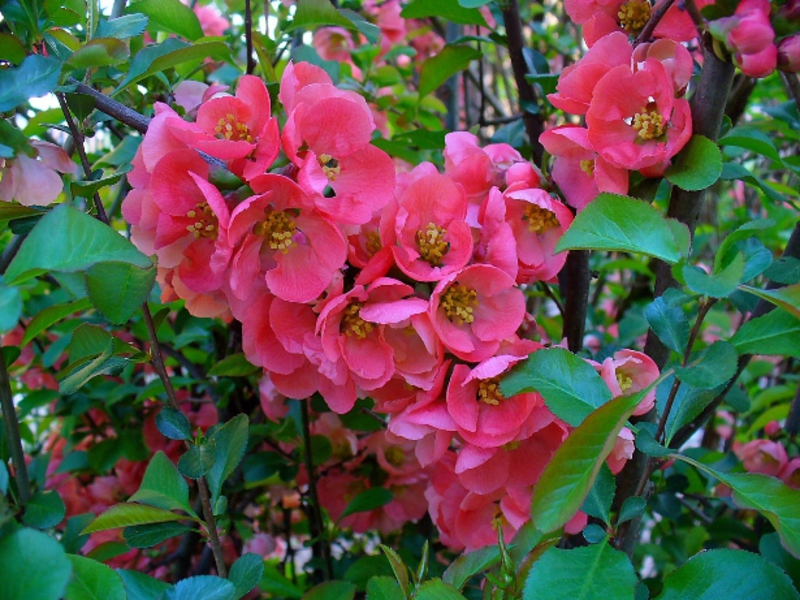
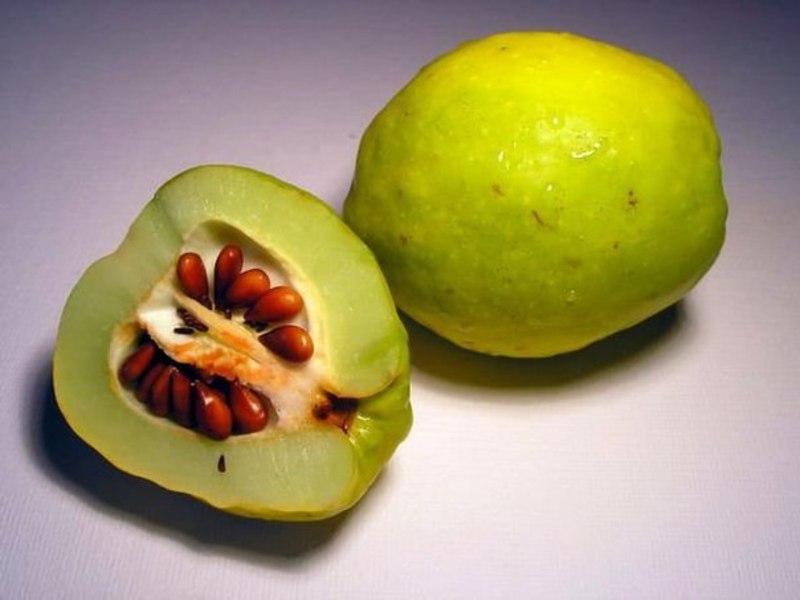
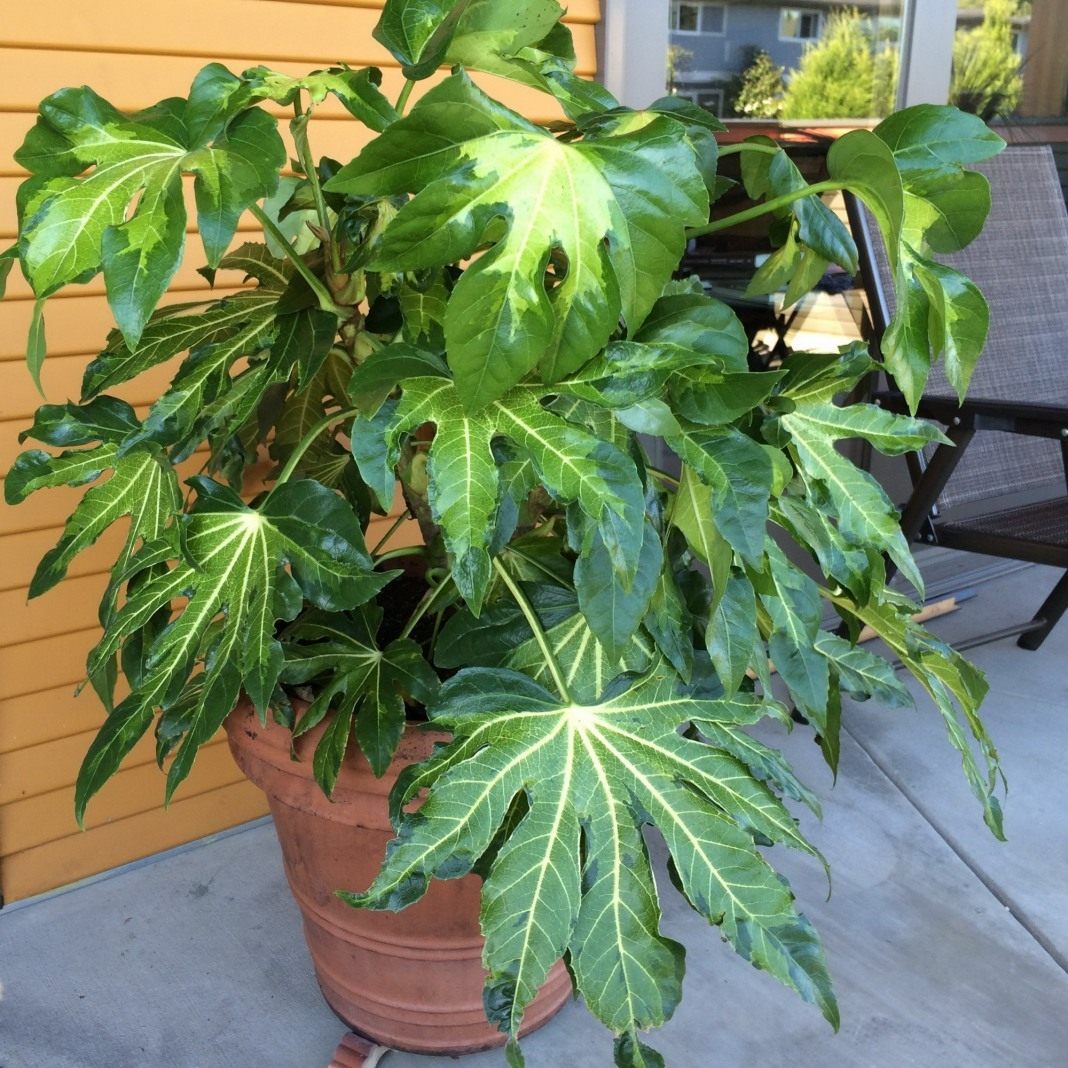
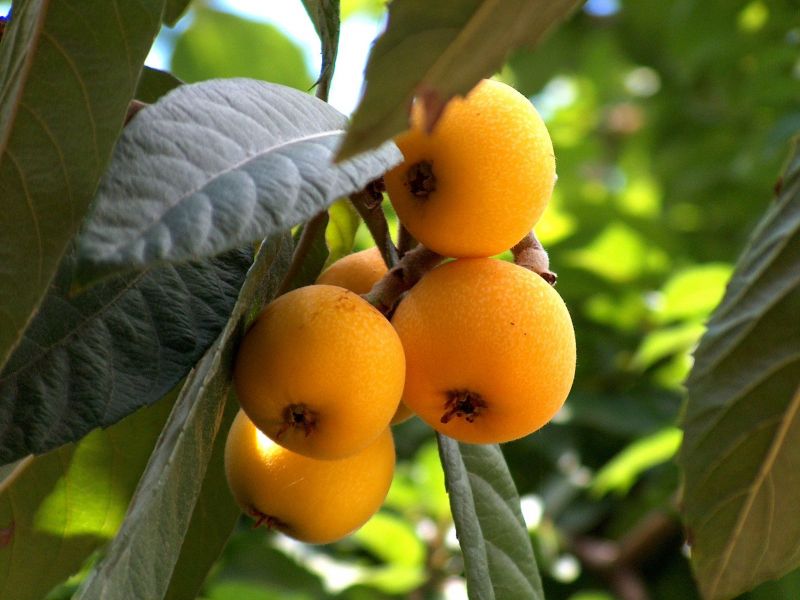
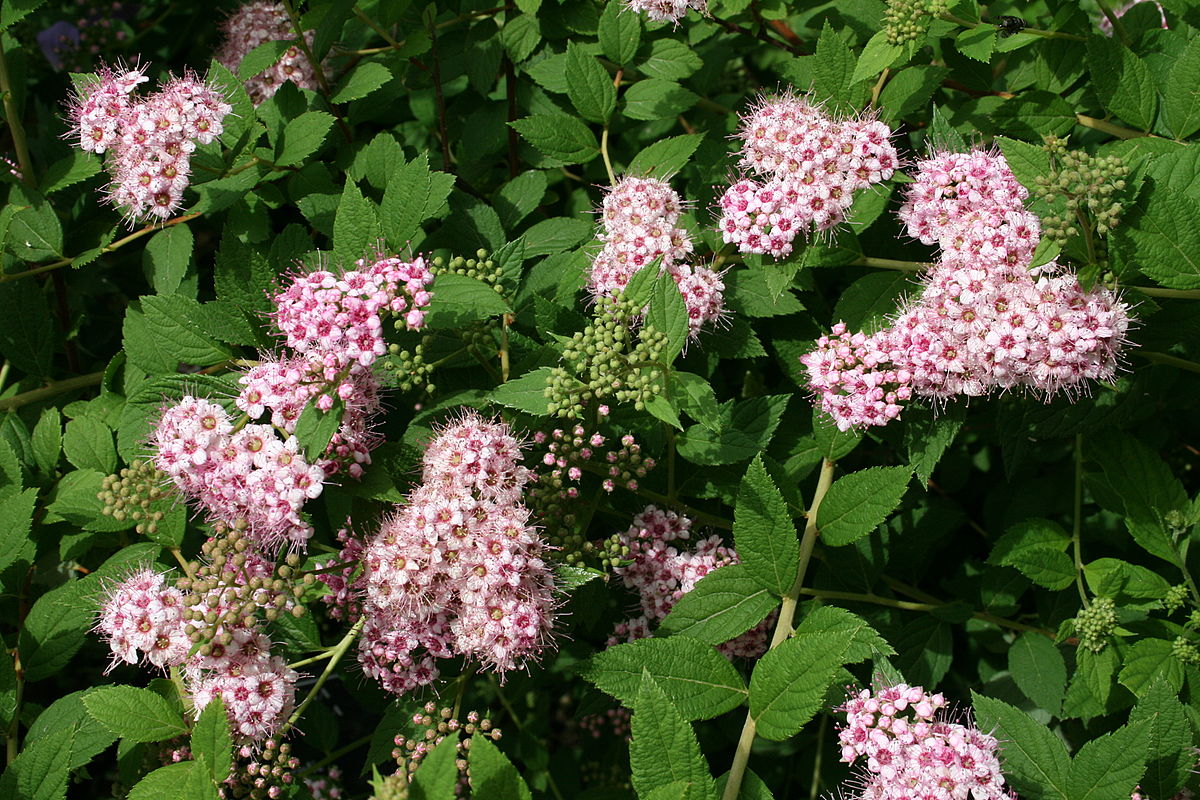
1 comment